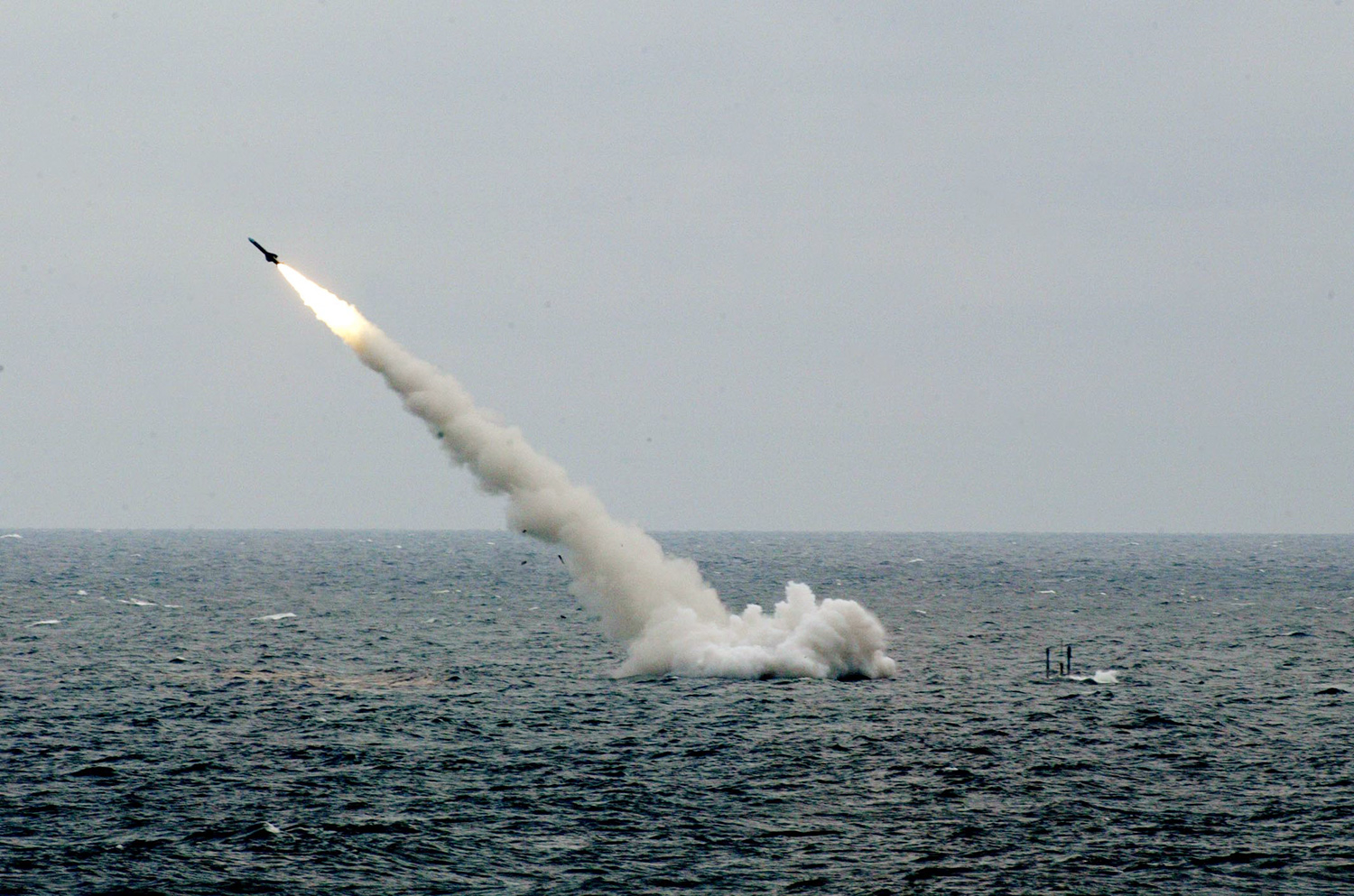As the post-World War II order adjusts to a rising China, America’s predominance in the Asia-Pacific faces new challenges. Over the past five years, China has substantially built up its navy and demonstrated more assertive behavior toward its territorial claims in the South China Sea. In this podcast, Paul Haenle sat down with Robert Ross, a political science professor at Boston College and an associate at the John King Fairbank Center for Chinese Studies at Harvard University, to discuss the shifting tides in the Asia-Pacific and what this means for the Trump administration.
Until recently, Ross said, the regional order in East Asia reflected American dominance in maritime capabilities. As China’s naval power has grown, however, it has challenged the status quo and the system of American alliances and bases around its periphery. Ross said that China's pronounced goal of a peaceful rise stands in stark contrast with the country’s rising confidence as a maritime and economic power equal to the United States. While China’s rise will only continue to increase tensions between the two major powers, Ross does not believe that conflict between the United States and China is inevitable. The Obama administration’s solely diplomatic approach widened the already increasing gap in naval capacity between the United States and China in the region, Ross said, but America has failed to adjust its approach to counter the trend of China’s naval dominance in the region. It may not be economical to outpace the Chinese navy, but Ross recommends the Trump administration closely examine America’s budgetary constraints and align U.S. Asia-Pacific ambitions accordingly.




